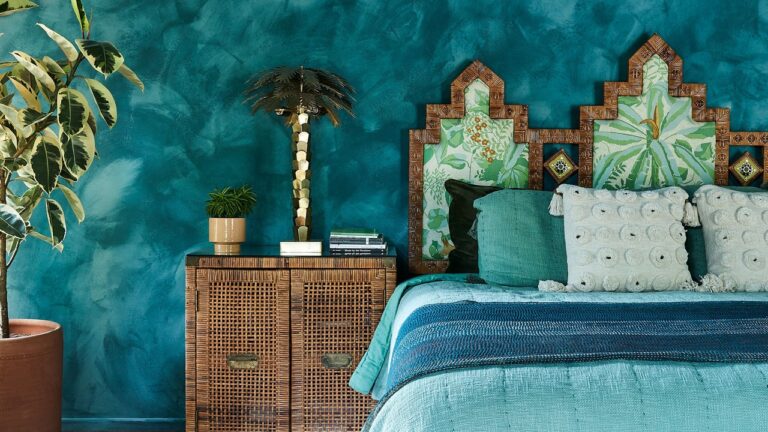Can Cat-Friendly Design Be Chic?
Enter the lobby of The Algonquin on West 44th Street in New York City, and right away you’ll notice that a fresh redesign by architects Stonehill Taylor has ushered this warmly sophisticated literary haunt into its second stylish century. There’s sumptuous, velvet drapery, clever lighting design that recalls the hotel’s theatrical heritage, and an art installation made from old guest books that seems to float above the reception desk. There’s even a cozy complex of hiding places, portholes, and irresistibly scratchable surfaces for the pleasure of the concierge.
We should pause here to clarify that the concierge in question is a cat.
You probably know The Algonquin from tales of the claws-out witticisms of Dorothy Parker and the “vicious circle” of writers, actors, and musicians who frequented the famed Round Table—this is the spot where Harold Ross and his wife, Jane Grant, established The New Yorker magazine, in 1925. But if you’ve yet to make your first visit, you may not know that the hotel has had an official Resident Cat on and off since the 1920s. The cat that currently occupies the post—an affectionate, orange, tabby rescue named Hamlet VIII—is the 12th in the hotel’s history.
So recently, when it was clear that the grand 1902 Beaux Arts landmark was due for an update, the needs of its furry mascot were not ignored. In fact, architects Stonehill Taylor reconceived the reception area with elements designed for the comfort of humans and felines alike, all the while conveying the story of The Algonquin’s rich theatrical and literary history.
Willis Loughhead, the hotel’s general manager, says that Hamlet VIII spends about 40% of his time “checking in guests” at reception, which is now furnished with a cat house. Sara Duffy, a Stonehill Taylor principal and the lead designer on this project, summed up the unique challenge this way: “My first goal was to design something really great for the hotel—that’s always our goal, we want to be inspiring, but how do we design this so it doesn’t look like a pet store? We wanted it to feel sophisticated.”
Photo: Eric Laignel
Pet lovers who frequent the aisles of mega-marts in search of stimulating toys or cozy beds know this problem all too well. Apart from the deluxe, minimalist offerings of companies like Tuft and Paw (think of them as the Room & Board of the cat furniture space), most products that are designed to delight pets introduce flashing lights, squeaky noises, feathers, corrugated cardboard, and electric-hued plastic into our homes. Could Hamlet VIII thrive in a setting that was appropriately elegant, sensitive to the hotel’s rich history, and even glamorous? It turns out he can—and much of the time, guests might not even realize he’s enjoying his new digs just over their shoulder.
When Loughhead began his new job at the hotel in 2021, the news that he would be “adopting Hamlet” came as a bit of a surprise, but he diligently researched the property’s history—and scrolled through The Algonquin Cat Instagram feed—to get a sense of how this unusual arrangement would work. Duffy notes that in previous generations, oversight of the hotel cat was somewhat laissez-faire—she even remembers this from visiting the hotel as a child: “He wasn’t always [in the lobby]. He was around, but they couldn’t find him. Originally, the cats were able to roam freely and you’d see them in the elevator, but the current Hamlet has a collar.”


